I get a lot of emails every day about tons of different topics.
Some of the most common questions I get are about SEO.
“How do I rank for XYZ keyword?”
“How many links does it take to get to #1?”
“What’s the right keyword density to rank for a hard keyword?”
So today I’d like to address these questions and more to help you understand why SEO is so much more than just keywords.
What it takes to rank your copy
Here’s the deal.
People focus too much on writing for search engines instead of writing for the people who read their content. Google has changed. Keyword stuffing is in the past.
When you write for machines, you get garbage content that isn’t useful for the reader and doesn’t help your rankings. You have to create content that is useful, authoritative, and helps your readers.
High quality is key
In a study by the Content Marketing Institute and MarketingProfs, 85% of B2B marketers said that higher quality and more efficient content creation increased their success over the previous year.
SEO copywriting is now about creating amazing content that people want to promote and share, which increases your authority and trust and helps your pages rank better.
What creates a great user experience?
Google states in its Webmaster Academy course that “the key to creating a great website is to create the best possible experience for your audience with original and high quality content.”
They then list several factors that improve the quality of your website, including:
- Useful and informative
- More valuable and useful than other sites
- Credible
- High quality
- Engaging
Where organic traffic lives
Why should you listen to Google?
That’s where all the organic traffic is.
According to Net Market Share, Google is the heavily favored search engine worldwide, with over 71% of desktop searchers using the tool in 2016.
Google gets over 4.4 billion searches a day. Bing comes in at #2 with over 873.9 million.
Now you know that creating great SEO copy is more than just jamming keywords into it.
To compete in today’s SEO landscape, you have to follow Google’s best practices and blow people away with your content. This post will show you exactly how to do just that.
1. Useful and informative
Your website needs to help the user achieve their goals and give them excellent information.
For example, if you’re creating a website for your solo practice accounting firm, you’ll want to list your name, bio, credentials, contact info, hours of operation, and even a blog with useful information about the work you do.
You’ll want to make sure that your pages have high-quality content. If your pages are useful, you’re going to attract visitors and encourage people to link to you. You want to write clear and concise information that effectively communicates your message to the reader.
Google search quality raters
In addition to Google’s spiders crawling your site to judge quality, Google has a team of quality raters. This team’s job is to analyze websites for quality and advise Google engineers on how they should revise the algorithm to make it more accurate.
This team also uses a manual known as the Search Quality Evaluator Guidelines to help them do their job. Here are some of the broad recommendations that can help you create better content:
Expertise – Write from an authoritative standpoint. Google’s algorithm and their human raters can tell if the content was written by an expert. Readers can tell too.
To get higher rankings, you have to get your content written by a professional. Don’t work with low-quality writers. Try to find writers who are excellent at what they do and are subject matter experts in your chosen topic.
User experience – You want to pay attention to optimizing your user experience. If your website has long load times, confusing navigation, or tons of popups and ads, it will lead to a poor experience for your user. Make navigating your website easy and seamless.
Create more content – In a study conducted by serpIQ, researchers found that, on average, 10th position pages have 400 fewer words per page than those in the first position.
They also found that newer domains (less than one year old) had less content per page (1,800 words) than those that were 1-10 years old (2,100 words) and over 10 years old (2,800 words). It’s evident that higher-ranked sites have more content.
Link to authority sites – Google loves authority and rewards sites that are linked to credible and authoritative sites with better rankings. You should back up claims on your website by linking to credible sources.
Make sure contact information is posted – Among other things, Google is judging your website’s legitimacy. To make your site more legitimate, you’ll want to add accurate contact information so people can get in contact with you.
This includes your name, phone number, address, and email address preferably on a “contact us” or “about” page.
Keep your pages fresh – Google loves fresh and up-to-date content. Make sure that you keep your content current and include lots of evergreen content.
2. More valuable and useful than other sites
Your content should be unique and more valuable than similar articles on the web.
If you provide original, high-quality content on your site, Google will reward you with better rankings. But many marketers don’t know how to make their content extraordinary.
You should focus on providing more value to your reader.
Luckily, Brian Dean at Backlinko created the Skyscraper Technique, which is a method for creating high-quality content and gathering lots of quality links in the process.
After using the technique, Brian’s search traffic doubled in only 14 days. Brian’s process is fairly simple:
- Find great content.
- Make it better.
- Reach out to people to get links.
But how do you go about making content better? Here are three ways to get it done:
Make it longer.
It’s no secret that length is strength when it comes to rankings.
Google and readers prefer long-form, value-packed content. Aim to make your posts at least 2,000 words.
It’s even better if you can make them 2,500-3,500 words.
Make it more in-depth.
You should attempt to go an inch wide and a mile deep with your content.
The Internet is packed with shallow content.
Readers crave in-depth, valuable information.
You can really stand out and make your content better by taking a unique angle, using original research, or using existing data to back up your ideas.
Make it actionable.
Don’t just tell your readers what to do. Tell them how to do it.
Blog posts that have tutorial-based, step-by-step instructions perform much better. After you give your reader the “what,” give them the “how.”
Emil Shour, the content manager of healthy snack delivery service SnackNation, was tasked with growing organic traffic to the company’s website. Emil came across one of Brian’s posts on the Skyscraper Technique and decided to try it out for SnackNation.
After doing some research, Emil decided to target the keyword “wellness program ideas.”
He saw that most of the content on the first page of Google was lists without lots of detail, PDFs that weren’t visually appealing, and overall, didn’t provide a lot of value.
So Emil set out to make better content. He ended up with a post titled “121 Employee Wellness Program Ideas For Your Office.”
This monster post totaled more than 5,000 words, featured 121 wellness ideas, and gave helpful links and tips on how to get started with each one.
The guide helped boost Emil’s homepage traffic by 59% and helped drive over $100K in monthly revenue for SnackNation.
3. Credible
Google prefers that you show your site’s credibility by using links, citations, research, testimonials, and reviews. Feedback from customers goes a long way too.
Writing about your personal insights, opinions, and experience just isn’t enough. The most successful sites that get lots of traffic publish credible, data-driven content.
Data-driven content includes articles or blog posts that combine opinions and insights from the author with scientific data and research to offer a unique, authoritative answer to a question. People are more inclined to believe claims that are backed up by data.
In one study by researchers at Cornell University, respondents were more likely to believe claims about a new drug if they were paired with other data and graphs, even if the additional details provided no new information.
So how do you write data-driven posts? I covered this topic more in-depth in another post, but here I’ll give a high-level overview.
Find your topic and angle.
What point do you want to make to your reader? How will you differentiate it from other content that’s online?
You have to write about what’s relevant to your audience and come from a unique angle so that you can keep their interest and add value to their lives in a way that no one else has before.
Know your audience.
Having an intimate understanding of your readers will give you a ton of insight into what their hopes and fears are and will help you develop valuable content for them.
Do your research.
This is where the rubber meets the road. Now you must find research that supports the points that you made.
One source won’t cut it. You need to find multiple data points that prop up your argument and make a compelling case for your reader to believe your statements.
Add facts strategically.
Once you’ve found the research that you’re going to use, you can’t just throw around facts and figures and expect people to drool over your content. Your research must be strategically placed to support your points in a clear and concise manner.
Back it up with an image or video.
Images and video in your long-form content help break up blocks of text, making it easier for readers to scan. They also help drive the point home for more visual learners who prefer visuals over text.
4. High quality
Your site’s content should be specific, unique, and high quality. Its primary function should be to give the reader a great experience.
Jayson DeMers, founder of content marketing firm AudienceBloom, found that Google’s search quality rating guide featured qualities abbreviated as “E-A-T” — expertise, authoritativeness, and trustworthiness — as markers of high-quality content.
While Google doesn’t go into great detail about E-A-T in the document, DeMers offers ideas for adding these qualities to your content. I’ll expand upon a few here:
Show your expertise with accreditations.
Expertise is your knowledge on the topic. Google loves credible content. If your domain is one that requires special credentials or training, list out your certifications, awards, and evidence of expertise.
This should boost your content’s credibility.
But you don’t have to have degrees or letters after your name to prove that you have credentials.
You can also display customer testimonials, case studies, and reviews to prove that you are an expert in your field.
Boost your authoritativeness by spreading your author profile.
Authoritativeness is how well you can talk about a subject. If you want to boost your brand and authority, a great way is to spread your author profile throughout the web.
The quickest and most effective way to do this is by guest posting on other websites. You can also grow your profile by writing content on websites like Medium.com.
Build trustworthiness with backlinks.
How believable is your content? Trustworthy sites have quality backlinks.
You know that great backlinks are the goal of writing great SEO copy. High-quality content attracts quality backlinks.
There’s no getting around it. You want to make sure that everything you produce is a masterpiece so you attract cream-of-the-crop links.
5. Engaging
You must compel visitors to not only read your content but to also engage with it.
Writing great content is a cornerstone of improving SEO, but you’ll also want to make your content easy to consume and share.
So after you’re done fixing any spelling and grammatical errors or style issues with your content, you’ll want to work on improving engagement.
Images
One great way to increase engagement is to add images. Adding multiple images to your content can give your content the boost it needs to improve your SEO. The results speak for themselves.
On your blog:
- A study by the University of Minnesota and the 3M Corporation found that presentations with visuals were 43% more persuasive than those without.
- In a study of over 1 million articles, BuzzSumo found that articles with an image once every 75-100 words got 2x more shares than articles that had fewer images and at least 30 more shares than articles that had more images.
On social media:
Facebook posts that have images get 2.3x more engagement than those that don’t.
Tweets with images get 150% more retweets than those without.
The use of images is only going up too. Infographic software company Venngage found that 40.5% of marketers said that over 90% of their content had visual components in 2015. That number grew in 2016.
You’ll want to make sure that you add plenty of images to your content to improve engagement.
Videos
Video is another awesome way to increase engagement on your site and improve SEO.
After using video to engage its fans, Cosmopolitan magazine saw nearly 2.5 million engagements in November 2014, up over 200% year over year. At the time of writing, Cosmo has over 9 million Facebook fans.
Video is here to stay too:
When consumers were asked whether they would watch a video about a product or read about it, 4 times as many people said they preferred video.
HubSpot found that 43% of Internet users said they wanted to see more video content.
52% of marketing professionals name video as the type of content with the best ROI.
You should aim to make video part of your marketing arsenal to increase engagement.
A conclusion and question
Conclusion – The conclusion is one of the most overlooked and undervalued parts of content online. You need to make sure that your article ends with a bang and inspires action or thought.
If people are confused after reading your conclusion (or you don’t have one at all), you won’t inspire engagement. If your article ends too abruptly, your readers won’t know what to do next.
Question – When readers get to the bottom of my articles, I always prompt them with a question. I don’t want them to just consume my content and forget about it five minutes later.
Here’s an example of a great engagement question from the Buffer blog:
On my blog, I want my readers to think about what they just read and apply the lessons that I just taught them. It’s one of the best ways to prompt action from your readers.
A good way to inspire engagement on your blog is to ask a question and then tell your readers to answer it in the comments below.
What you need to remember is that the best conclusions:
- Are concise
- Prompt action
- Are labeled as a conclusion (to signal to the reader it’s time to act)
Conclusion
At its core, SEO copywriting is copywriting that contains keyphrases. But after reading this article, you can now see how SEO copywriting is way more than just putting keywords into your content.
Google wants to see authority. They want content that fully answers your visitors’ questions, is unique, and stands head and shoulders above the rest of the content that it’s competing with.
Back in the day, marketers could get away with shoving keywords into their crappy content and still get high rankings from Google. Times have changed.
Here are a few resources for writing great copy:
Yoast
Yoast has always been a great SEO resource for marketers. Yoast offers WordPress plugins, training, and ebooks to help you optimize your website.
Yoast’s “SEO Copywriting: The Ultimate Guide” is a great resource for marketers who want a step-by-step guide for the nuts and bolts of SEO copywriting.
Copyblogger
Copyblogger is one of the top resources on the web for content marketing and high-quality content. They have several articles and guides on the topic.
Check out their ebook, How to Create Compelling Content that Ranks Well in Search Engines.
Backlinko
Brian Dean at Backlinko is one of the top resources in the world when it comes to SEO. He has an awesome post on his site titled “SEO Copywriting: 17 Powerful Secrets” that will help you improve your SEO copywriting.
After reading my post, I’m sure you realize there are lots of factors that contribute to how well a page ranks on Google. As you can see in Search Engine Land’s Periodic Table of SEO Success Factors, most on-page SEO factors (left side of the table) concentrate on content quality.
Thorough research, authority, and regular updating of content all affect your SEO.
If you’re struggling with any of the following problems, then you need to improve your SEO copywriting:
- Your landing pages aren’t converting.
- Your content is stale.
- Your webpages aren’t optimized.
- You’re not getting first-page rankings.
To get better, you need to put all of your energy into crafting epic content to grab your reader’s attention, get them engaged, compel them to share your content, and encourage other sites to link to you.
What strategies do you use to improve your SEO copywriting?

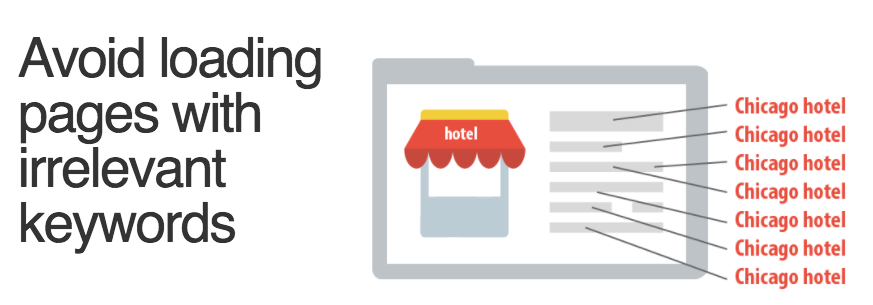
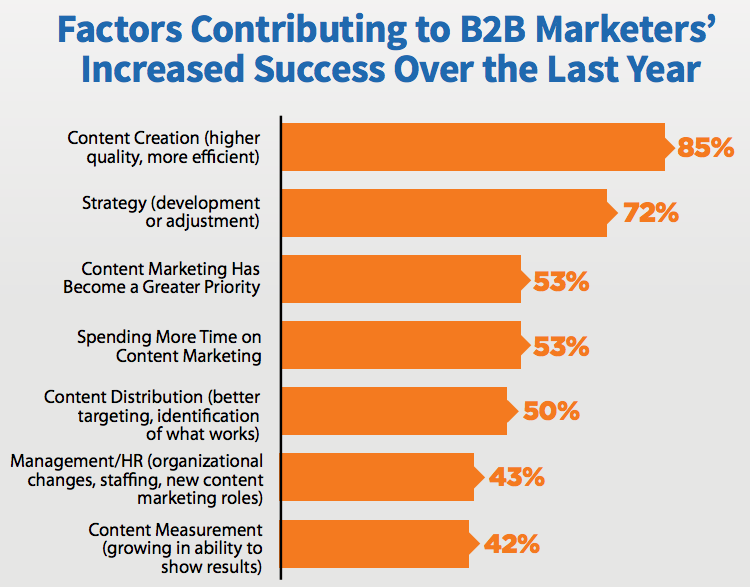
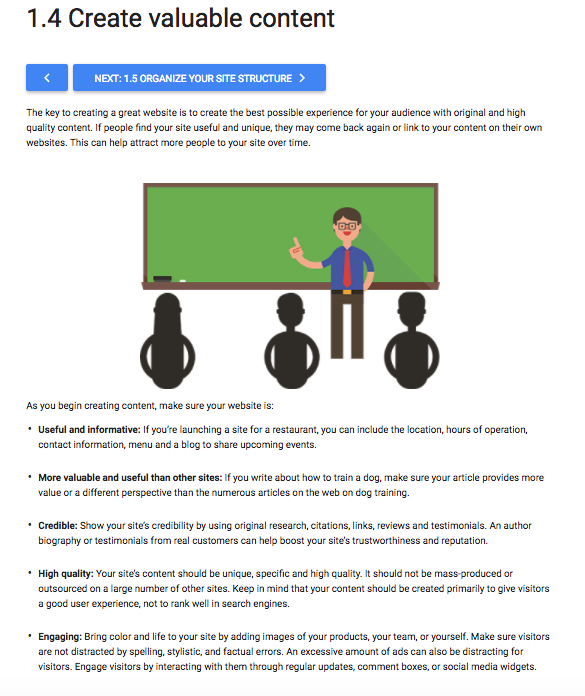
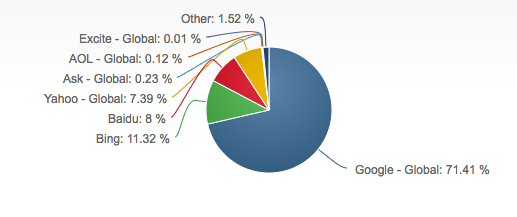
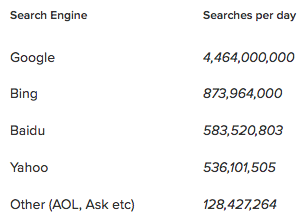
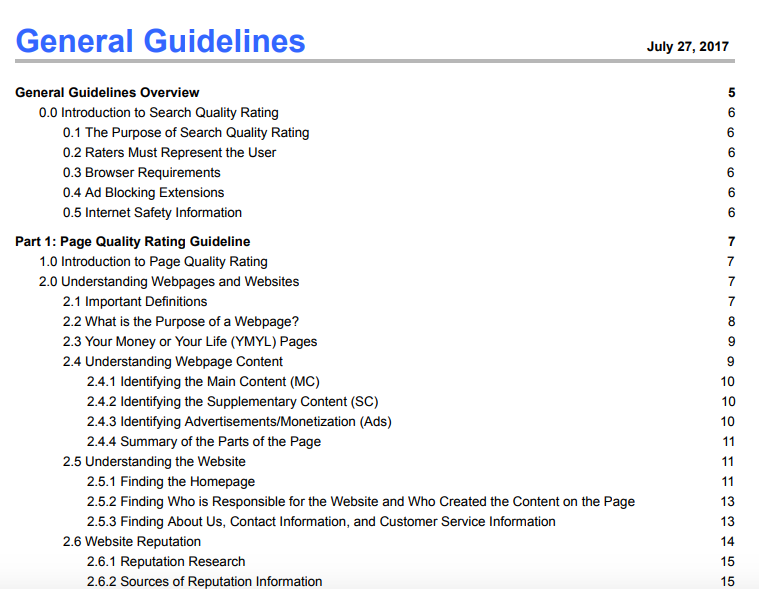
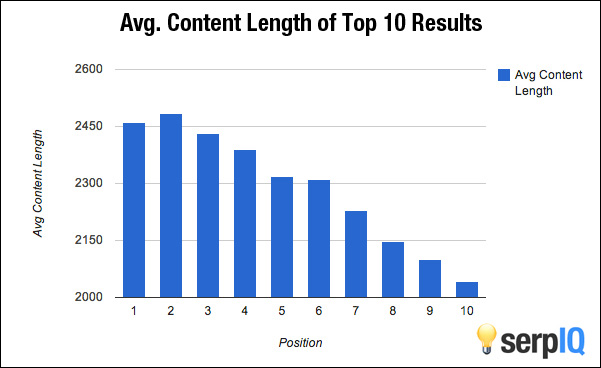
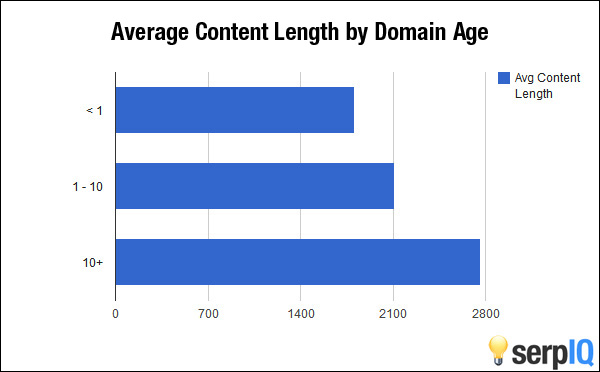
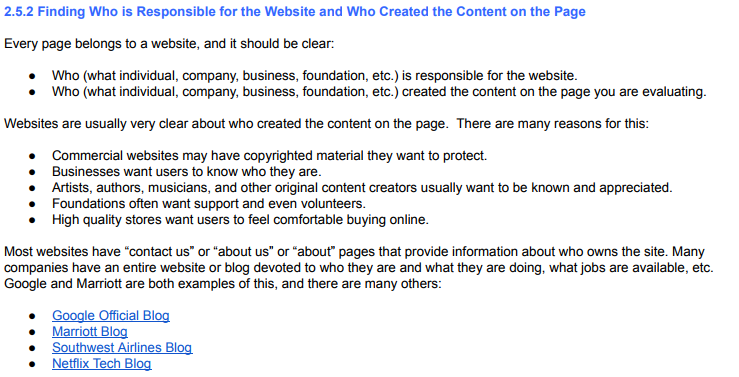
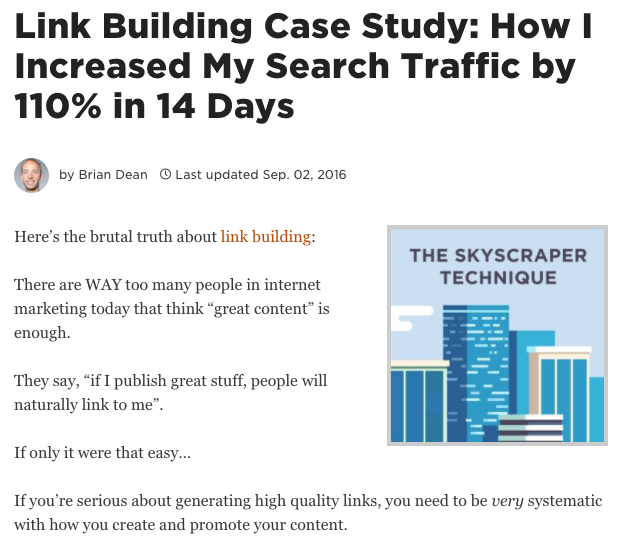


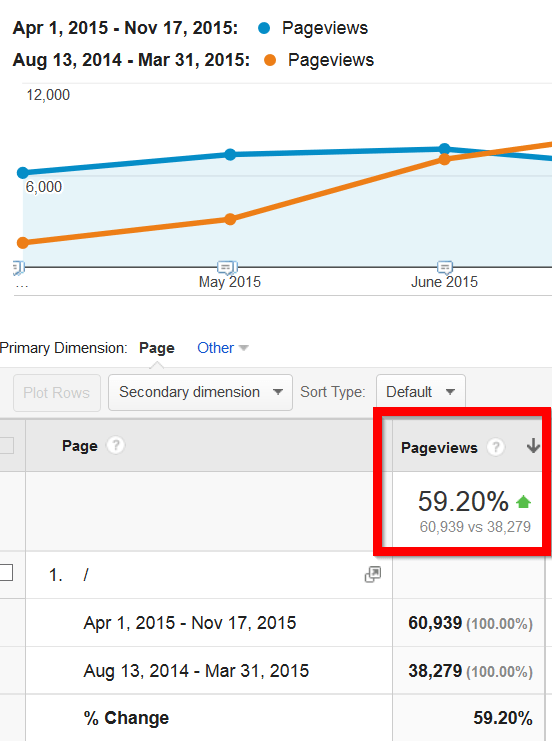
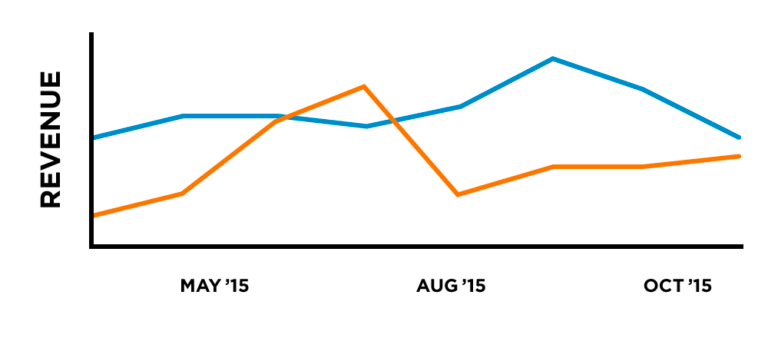
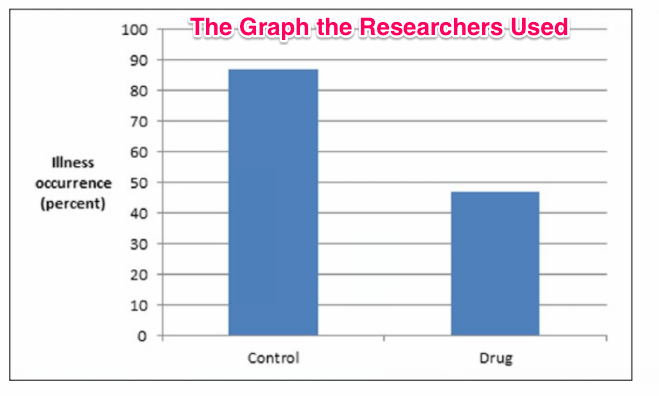




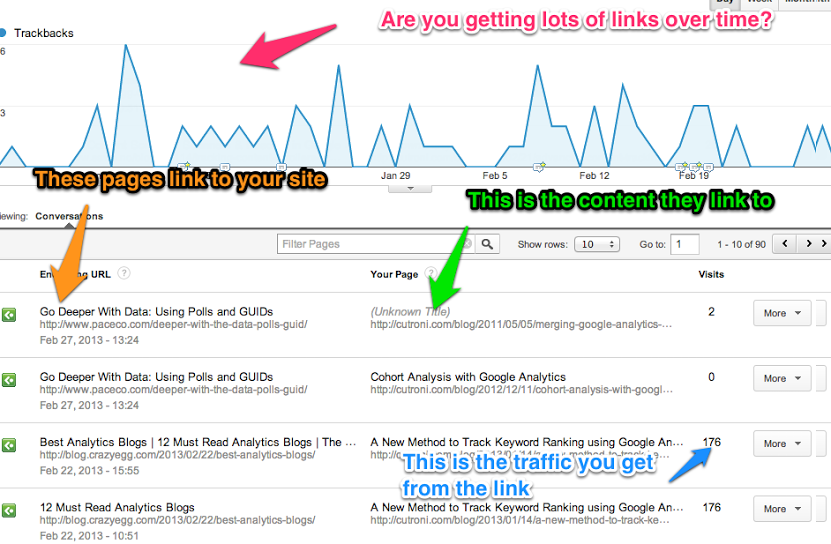



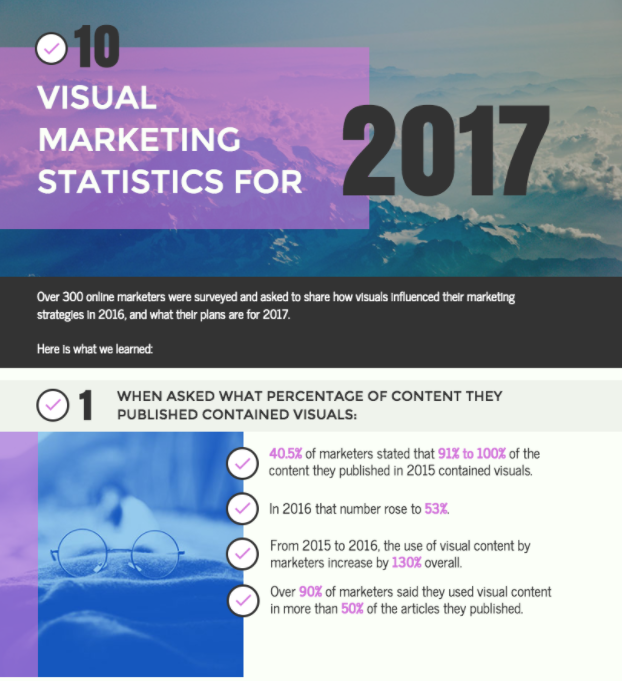
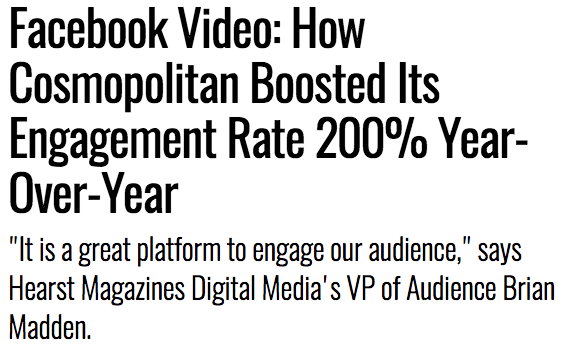

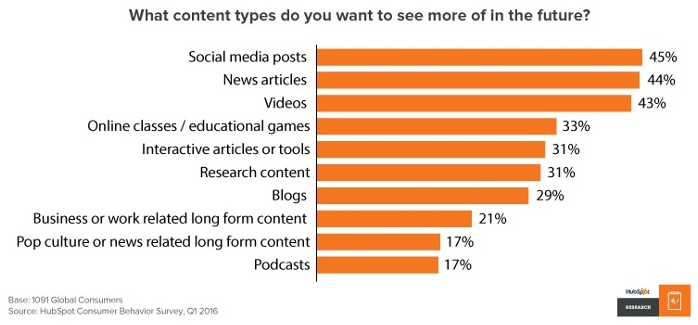
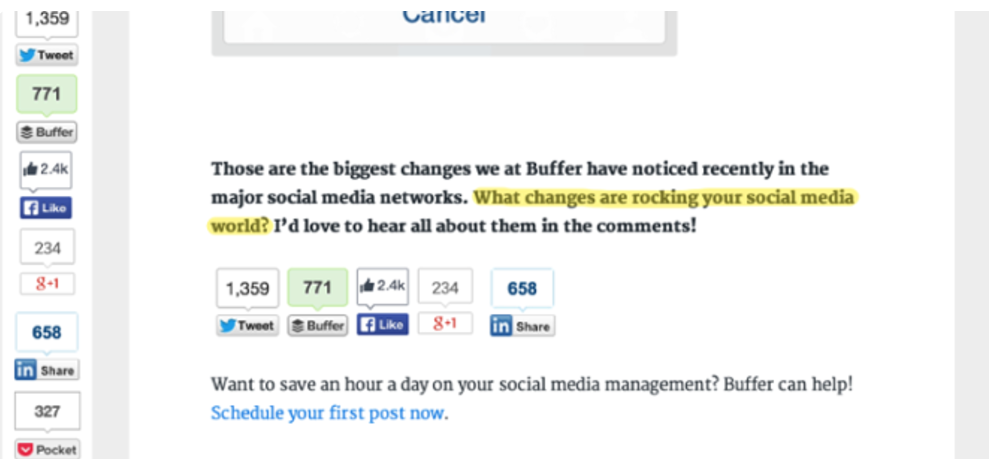

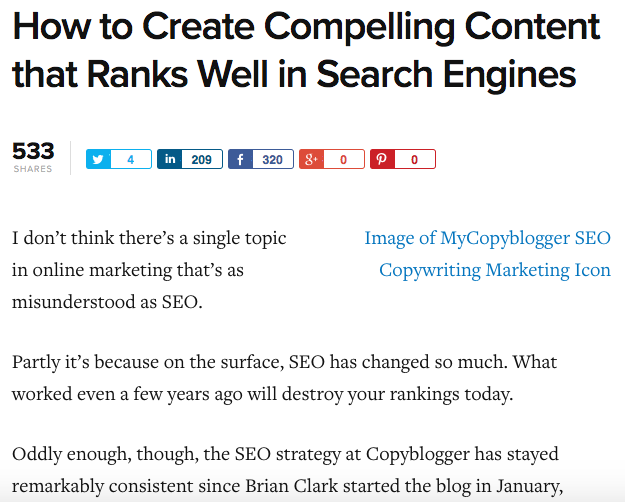
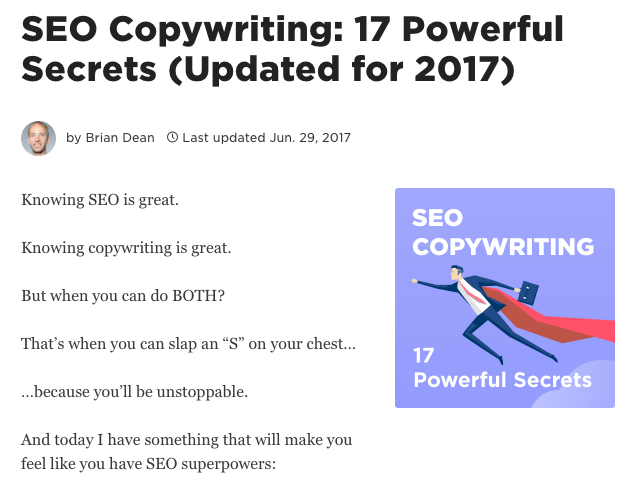
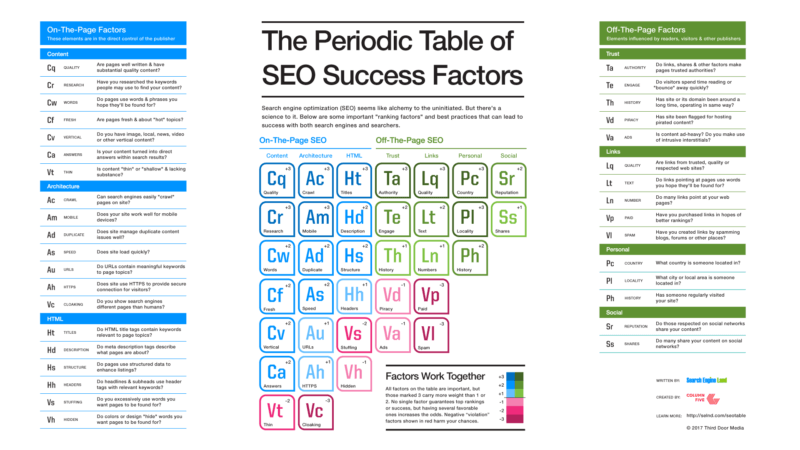
Comments (2)